The Sutro Tower in 3D
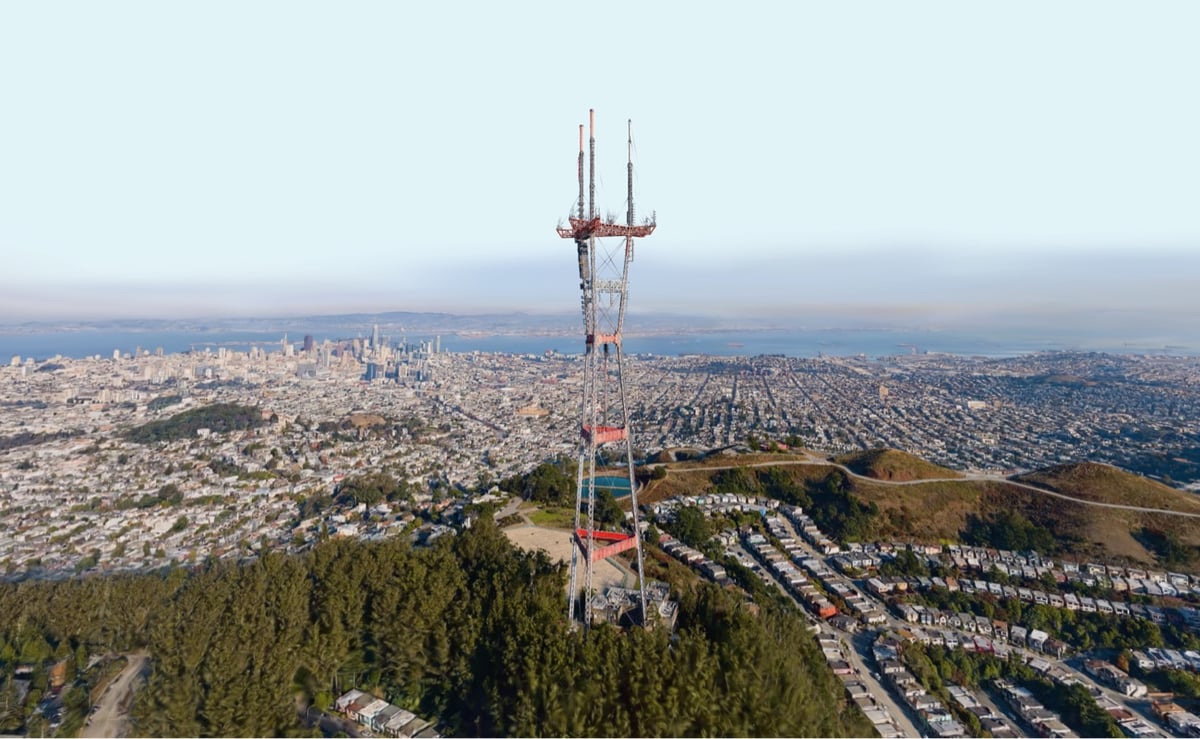
This is an amazingly realistic 3D model of San Francisco’s Sutro Tower that you can zoom, pan, fly through, and interact with. This model was made using a technique called Gaussian splatting; creator Vincent Woo explains:
This scan is made possible by recent advances in Gaussian Splatting. This is an emerging technology that lets us quickly create very detailed models just from photographs. For this model (or splat, as we call them), my friend Daylen and I flew our drones around Sutro Tower at a respectful distance for an afternoon until we had collected a few thousand photographs.
I then aligned these pictures in free software called RealityCapture. Alignment is the process that teaches the computer that a bunch of points in different images all actually correspond with the same point in real life. Then I used another piece of free software called gsplat to produce the 3D model itself.
The model looks amazing…I can’t believe it’s just stitched-together photos. (via @biddul.ph)
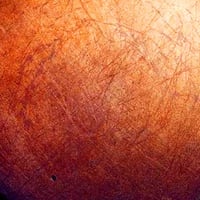

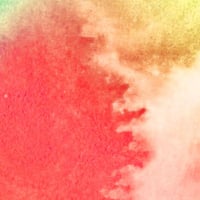
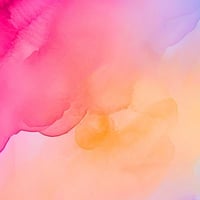
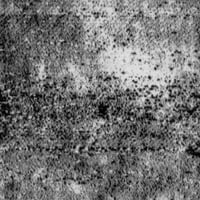
Comments 2
"Just stitched together photos" has been a thing for years, if not decades, called photogrammetry. I guess GSplats are a refinement of this but it'd be nice to see something about how rather than asserting it's something brand new.
@Pete A.: This is much different from classic photogrammetry, which essentially triangulates distinctive points. This is a form of real-time radiance field rendering, in which a whole lot of photos are used to train a neural network to estimate how a scene looks from an arbitrary viewpoint. It doesn't just estimate geometry: it handles reflection, refraction, glare, and other light effects. Also it's designed to render in realtime on a mainstream GPU.
Hello! In order to comment or fave, you need to be a current kottke.org member. If you'd like to sign up for a membership to support the site and join the conversation, you can explore your options here.
Existing members can sign in here. If you're a former member, you can renew your membership.
Note: If you are a member and tried to log in, it didn't work, and now you're stuck in a neverending login loop of death, try disabling any ad blockers or extensions that you have installed on your browser...sometimes they can interfere with the Memberful links. Still having trouble? Email me!
In order to comment or fave, you need to be a current kottke.org member. Check out your options for renewal.
This is the name that'll be displayed next to comments you make on kottke.org; your email will not be displayed publicly. I'd encourage you to use your real name (or at least your first name and last initial) but you can also pick something that you go by when you participate in communities online. Choose something durable and reasonably unique (not "Me" or "anon"). Please don't change this often. No impersonation.
Note: I'm letting folks change their display names because the membership service that kottke.org uses collects full names and I thought some people might not want their names displayed publicly here. If it gets abused, I might disable this feature.
If you feel like this comment goes against the grain of the community guidelines or is otherwise inappropriate, please let me know and I will take a look at it.
Hello! In order to leave a comment, you need to be a current kottke.org member. If you'd like to sign up for a membership to support the site and join the conversation, you can explore your options here.
Existing members can sign in here. If you're a former member, you can renew your membership.
Note: If you are a member and tried to log in, it didn't work, and now you're stuck in a neverending login loop of death, try disabling any ad blockers or extensions that you have installed on your browser...sometimes they can interfere with the Memberful links. Still having trouble? Email me!